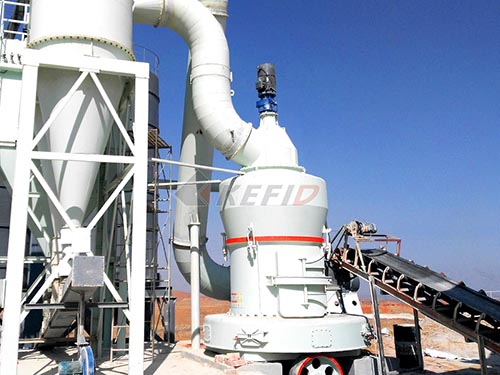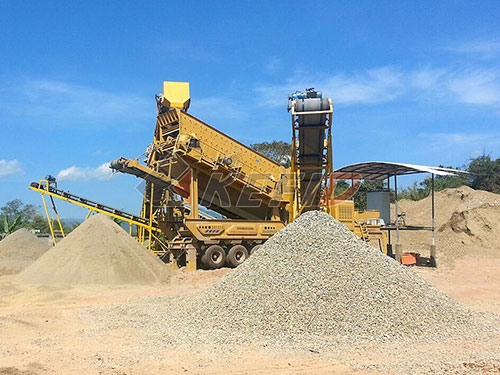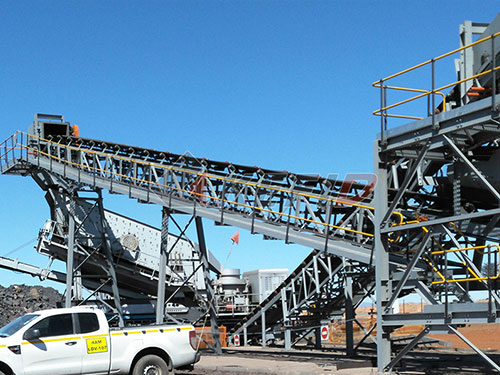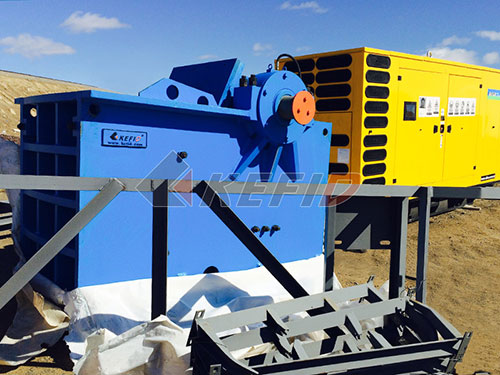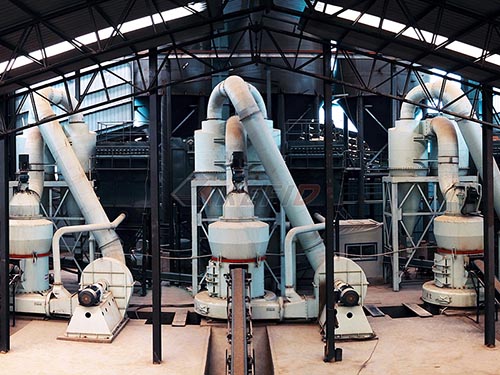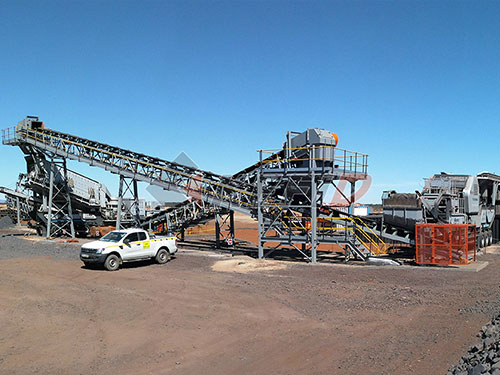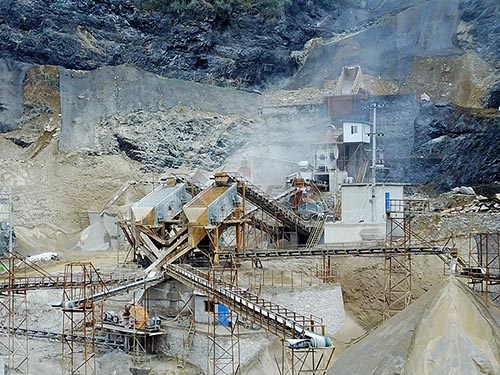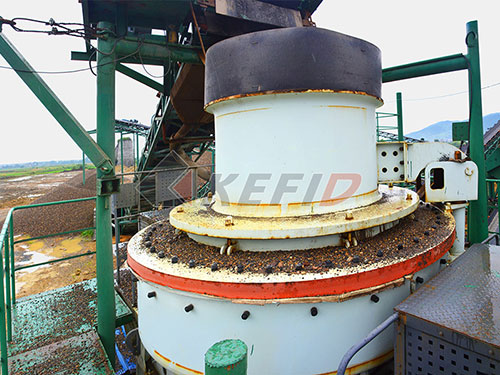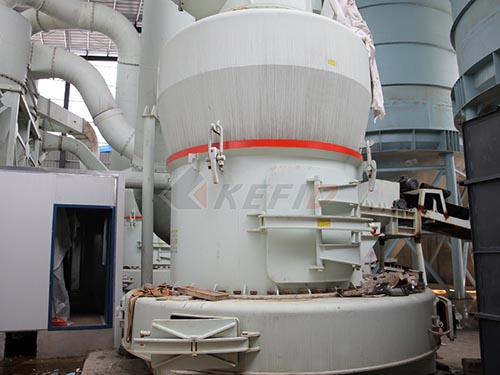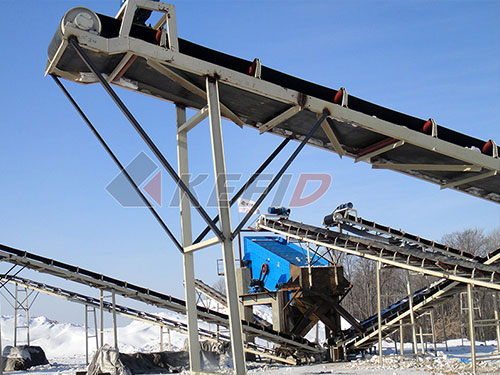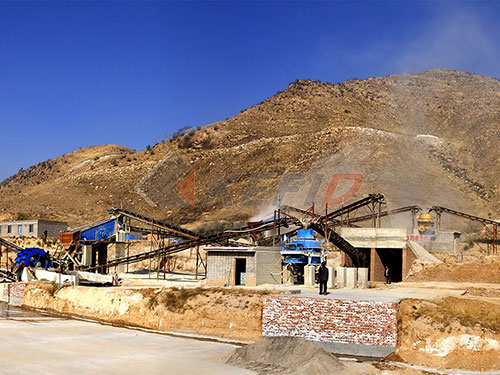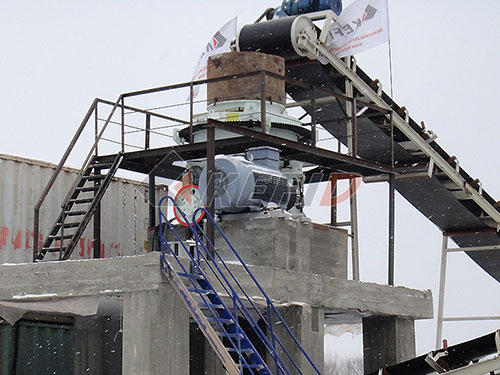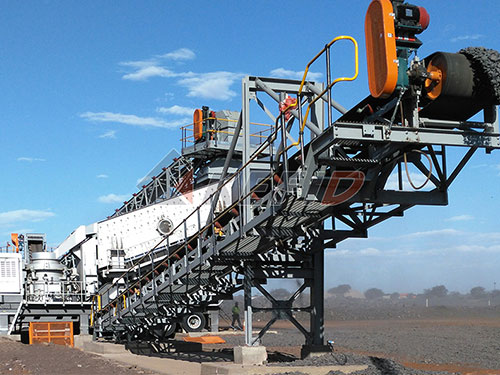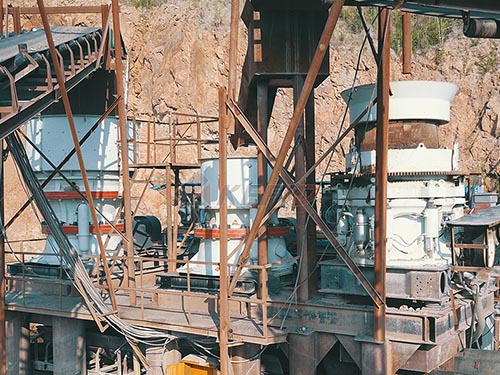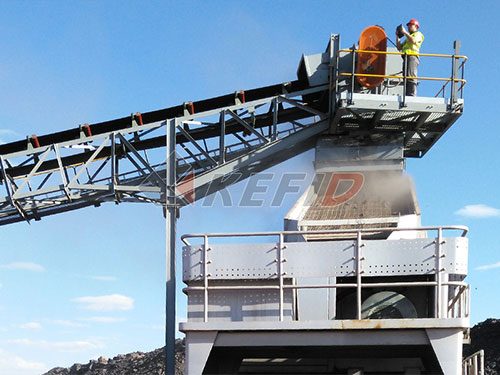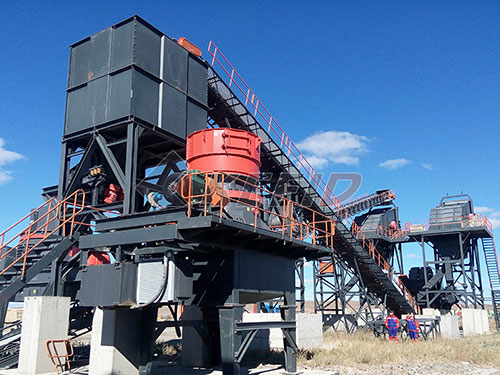A Spring Cone Crusher is a type of secondary or tertiary crushing equipment widely used in mining, metallurgy, construction, and aggregate production. It utilizes a spring-based safety system to protect the crusher from damage caused by uncrushable materials (e.g., tramp iron) and overload conditions.
Key Features:
1. Spring Release System:
– Acts as an overload protection mechanism. When uncrushable material enters the crushing chamber, the springs compress, allowing the mantle to lift and discharge the foreign object without damaging the machine.
2. Crushing Principle:
– Operates on a gyratory motion where the mantle gyrates against the concave (fixed liner), compressing and breaking rocks into smaller pieces.
3. Adjustable Discharge Setting:
– The gap between the mantle and concave can be adjusted to control the output size of crushed material.
4. Applications:
– Suitable for medium to hard rocks (e.g., granite, basalt, iron ore).
– Used in secondary or tertiary crushing stages in quarrying and mining.
5. Advantages:
– Reliable and durable design.
– Lower maintenance compared to hydraulic cone crushers (but less advanced in automation).
– Cost-effective for small to medium-scale operations.
Components:
– Main Frame – Supports the crushing mechanism.
– Eccentric Shaft – Drives the gyratory motion of the mantle.
– Mantle & Concave – Wear parts that directly crush materials.
– Springs – Provide tension and safety release.
– Transmission System – Includes belts, pulleys, or direct drive.
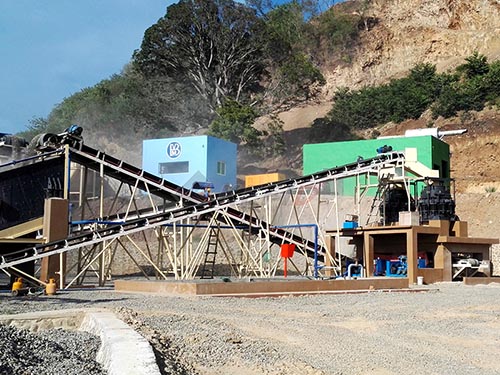
Comparison with Hydraulic Cone Crusher:
| Feature | Spring Cone Crusher | Hydraulic Cone Crusher |
||||
| Overload Protection | Springs | Hydraulic cylinders |
| Automation | Manual adjustment | Fully automated adjustment |
| Efficiency | Lower | Higher (better particle shape) |
| Maintenance | Simpler | More complex |
| Cost | Lower initial cost | Higher initial cost |
Common Models:
– PY Series (e.g., PY900, PY1200)
– Symons Cone Crusher (spring-type variant)
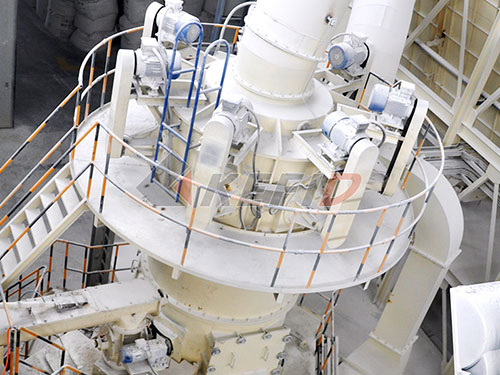
Maintenance Tips:
– Regularly check spring tension and wear parts (mantle/concave).
